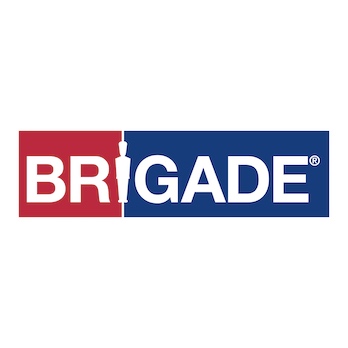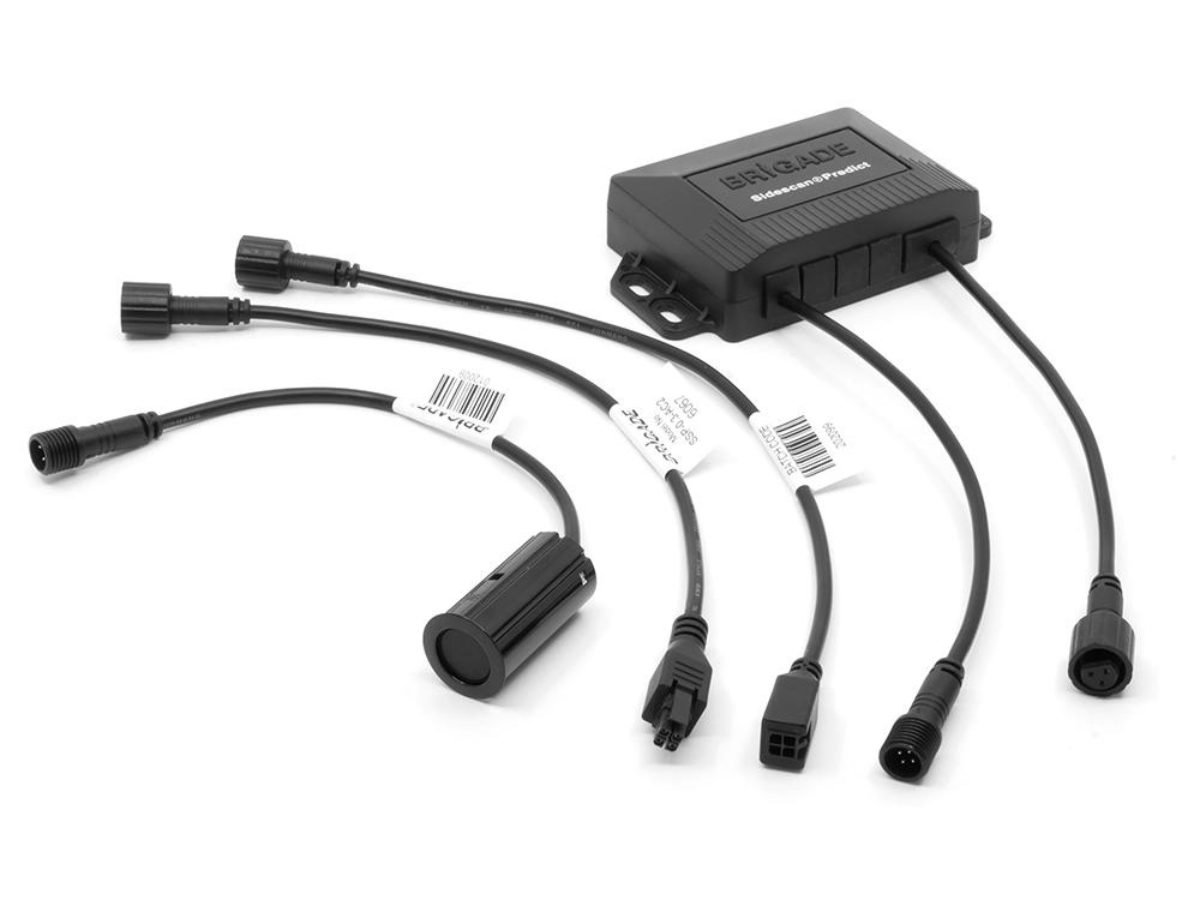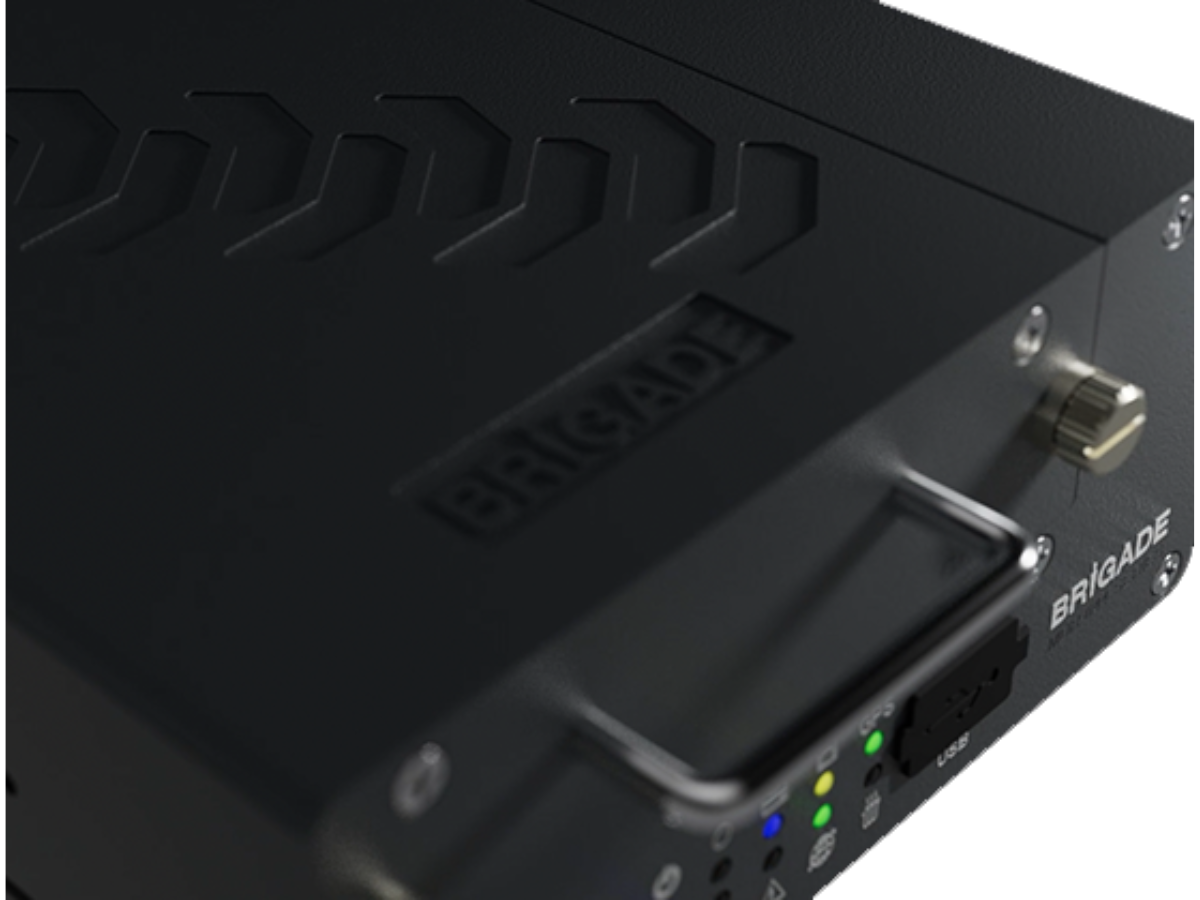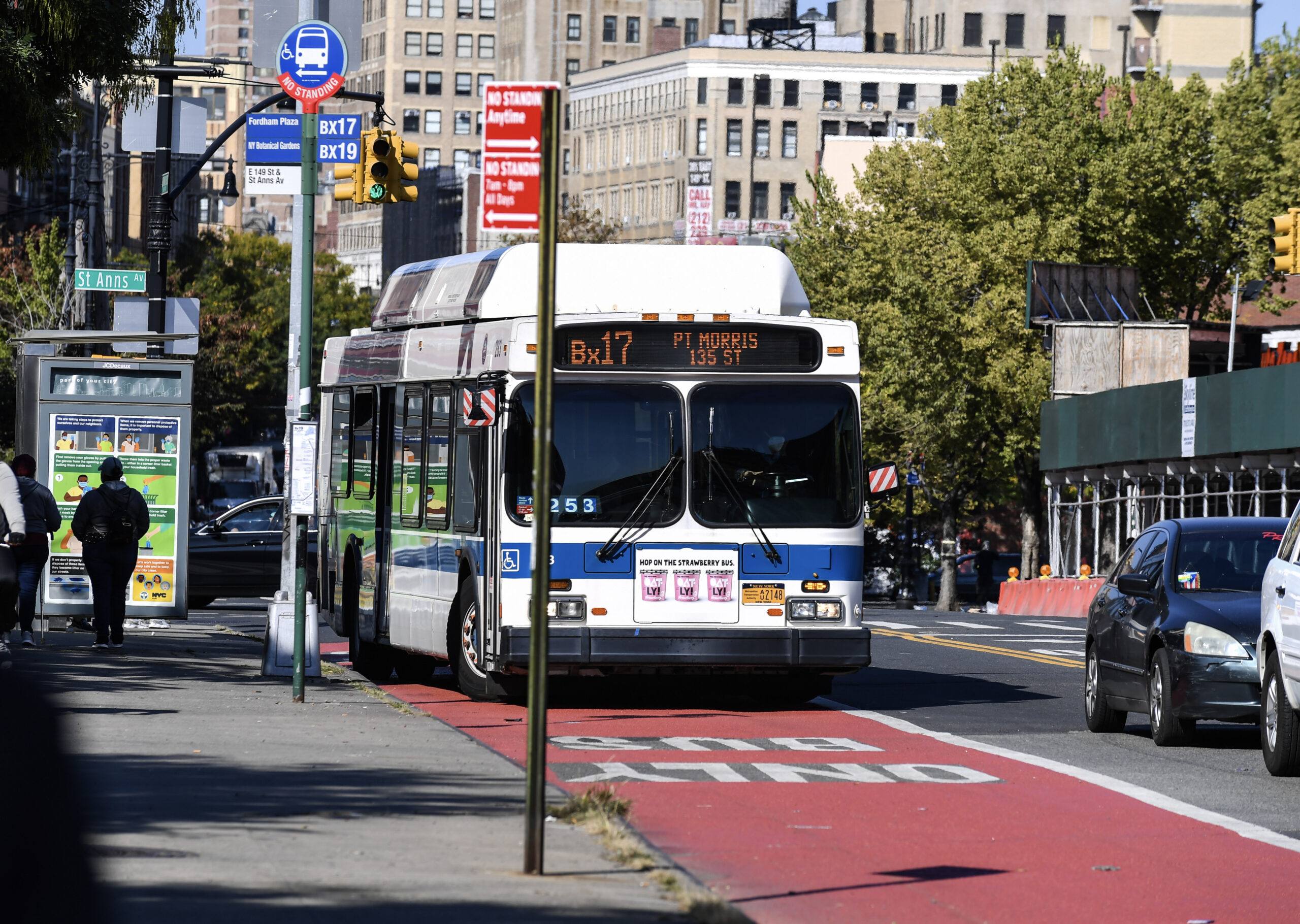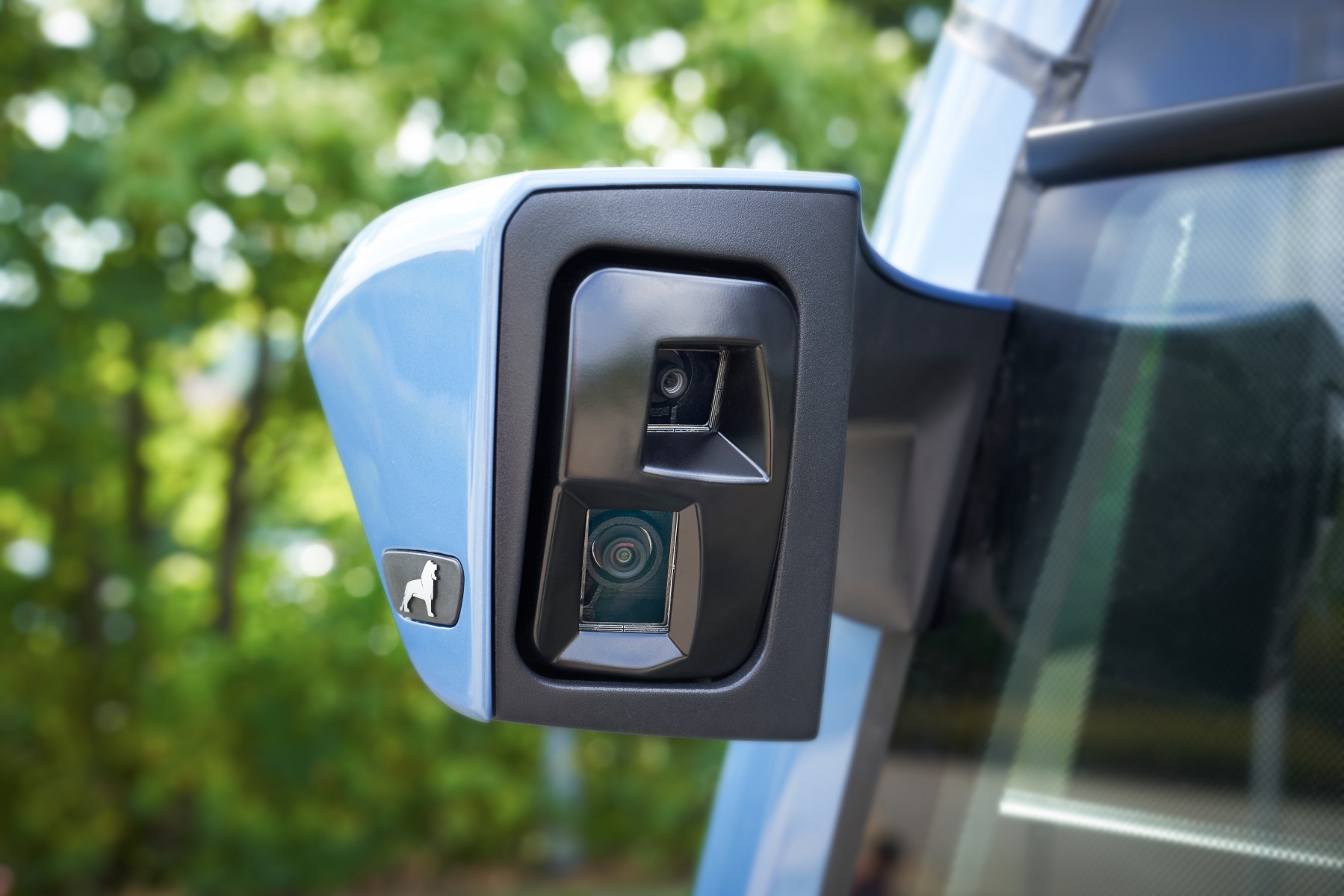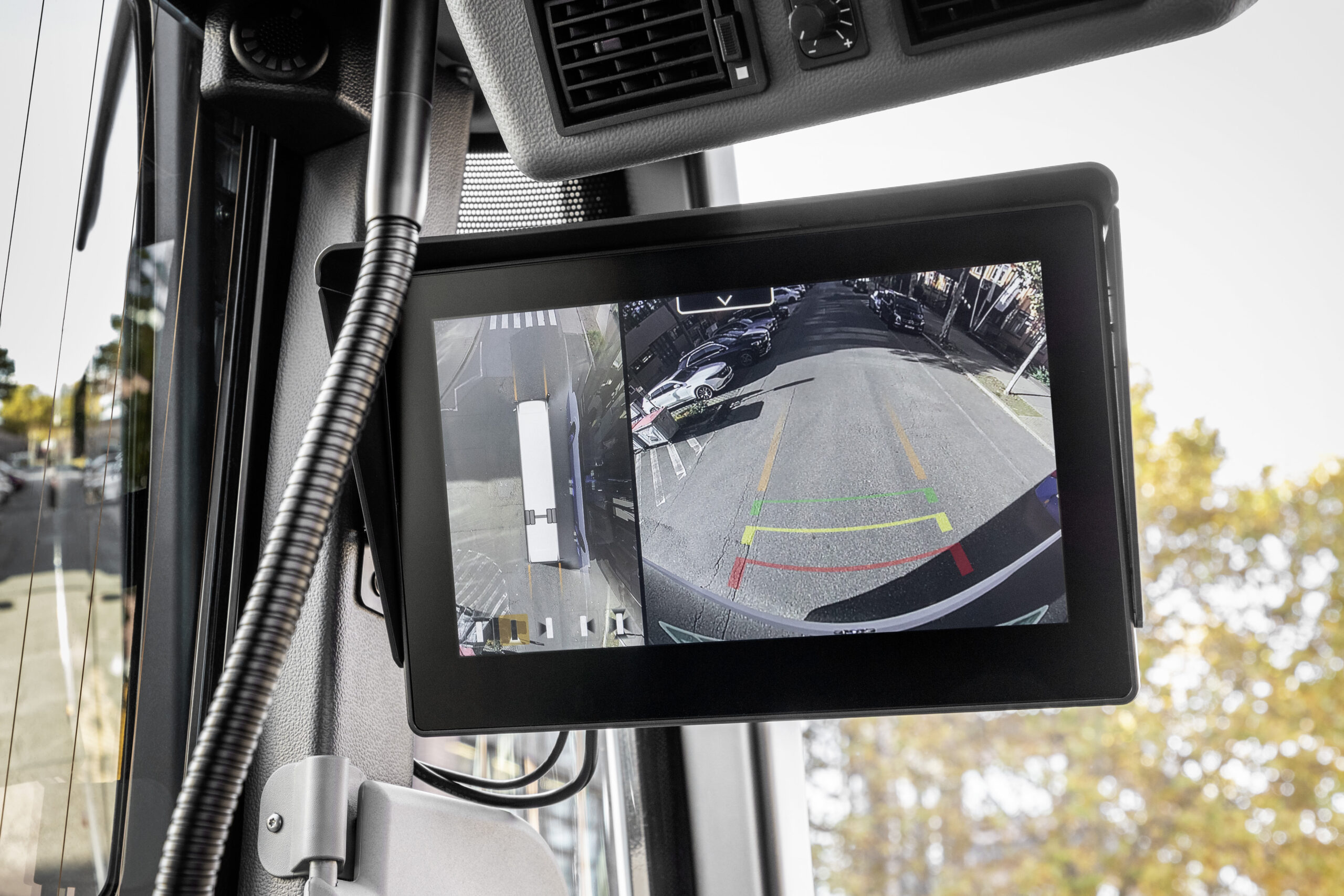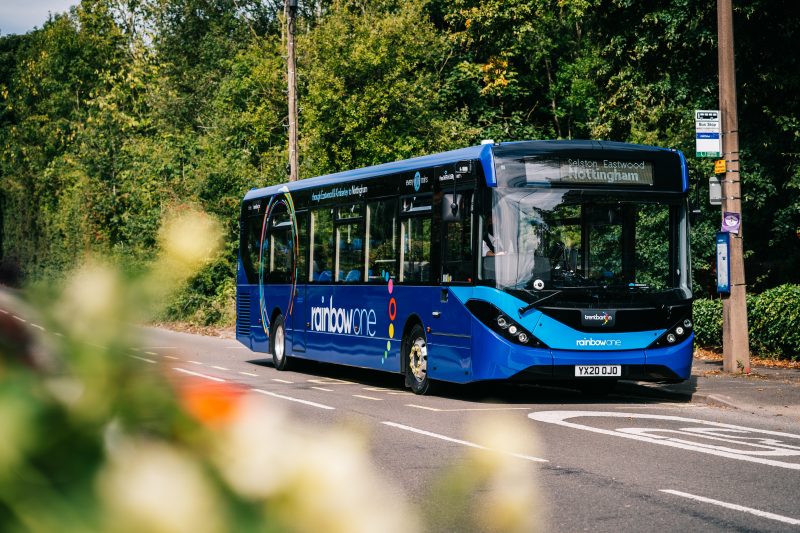In 2021, the new United Nations Vehicle Regulation R159 came into force to help minimise incidents involving vulnerable road users (VRUs), in particular pedestrians and cyclists. The European Union mandated the regulation in July 2022.
What is UN Regulation 159 – Moving off Information Systems (MOIS)?
To reduce the number and severity of collisions between vehicles and VRUs, the mandatory regulation requires uniform moving off information systems to be introduced for all new vehicles in categories M2, M3, N2 and N3 in case pedestrians or cyclists move into blind spot areas at the front of vehicles.
The regulation requires buses, coaches and medium to large heavy goods vehicles – which are renowned for having large and complex blind spots – to have an information signal to alert drivers of the close proximity of pedestrians and cyclists when moving off from a stationary position or travelling straight ahead at low speeds.
Additionally, R159 stipulates that a further signal should be given off if a “collision becomes imminent, e.g. when the vehicle accelerates from rest and the pedestrian or cyclist is located directly in front of the vehicle”.
It is recognised that increasing the number of mirrors on vehicles provides better visibility, but that innovation in driver assistance technology now offers new solutions to further reduce collisions.
To learn more about R159, the regulation can read in full here.
This article was originally published by Brigade Electronics.


